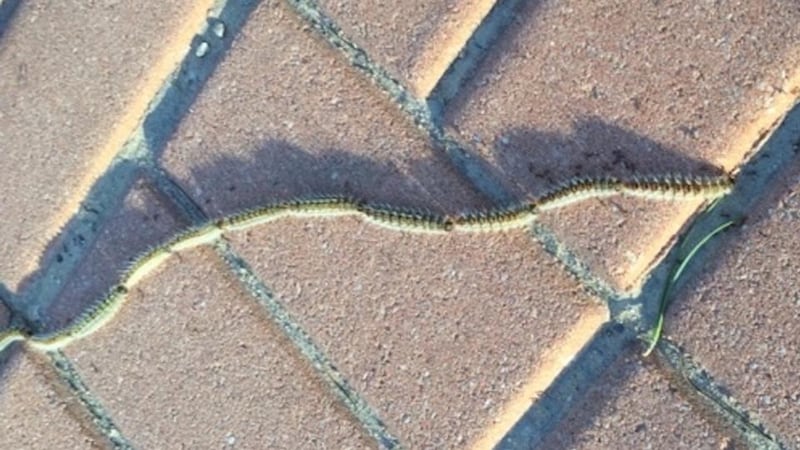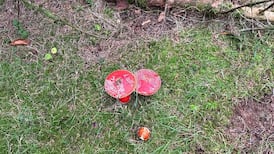When I looked more closely at a dead bumblebee I saw that it was covered with light-orange mites. What were they?
Eoin Warner
Galway
The mites were 'Parasitellus fucorum', which only indirectly caused the death of the bee, by overloading it. It uses the bee for transport to the nest, where it feeds on the detritus of wax and pollen. The mites can be removed with a fine paintbrush.
Early in March I found a very lethargic hedgehog in the garden. I gave him cat food, which he ate; he was gone when I came back to check. Was he out of hibernation early?
Jane Harvey
Abbeyleix, Co Laois

In March hedgehogs are coming out of hibernation and are hungry.
On holiday in Alicante, in Spain, recently I saw what looked like a moving rope on a red-brick path. It was a chain of small insects, linked nose to tail, moving at a snail's pace and following the leader in perfect symmetry. It was about 5m long.
Enda Mac Dermott
Ballinteer, Dublin
They were the caterpillars of the pine processionary moth, which lays its eggs on pine needles. The caterpillars spin a communal silken tent in the tree and feed on the needles. When fully grown, in early spring, they fall to the ground and move in procession to find a suitable place to pupate in the ground. Not found yet in Ireland.
My six-year-old son, Shay, puts his big books up against the window to stop birds crashing into it, and it works.
Rachel McGuinness
Sallynoggin, Co Dublin
Ethna Viney welcomes observations and photographs at Thallabawn, Louisburgh, Co Mayo, F28 F978, or by email at viney@anu.ie. Please include a postal address









